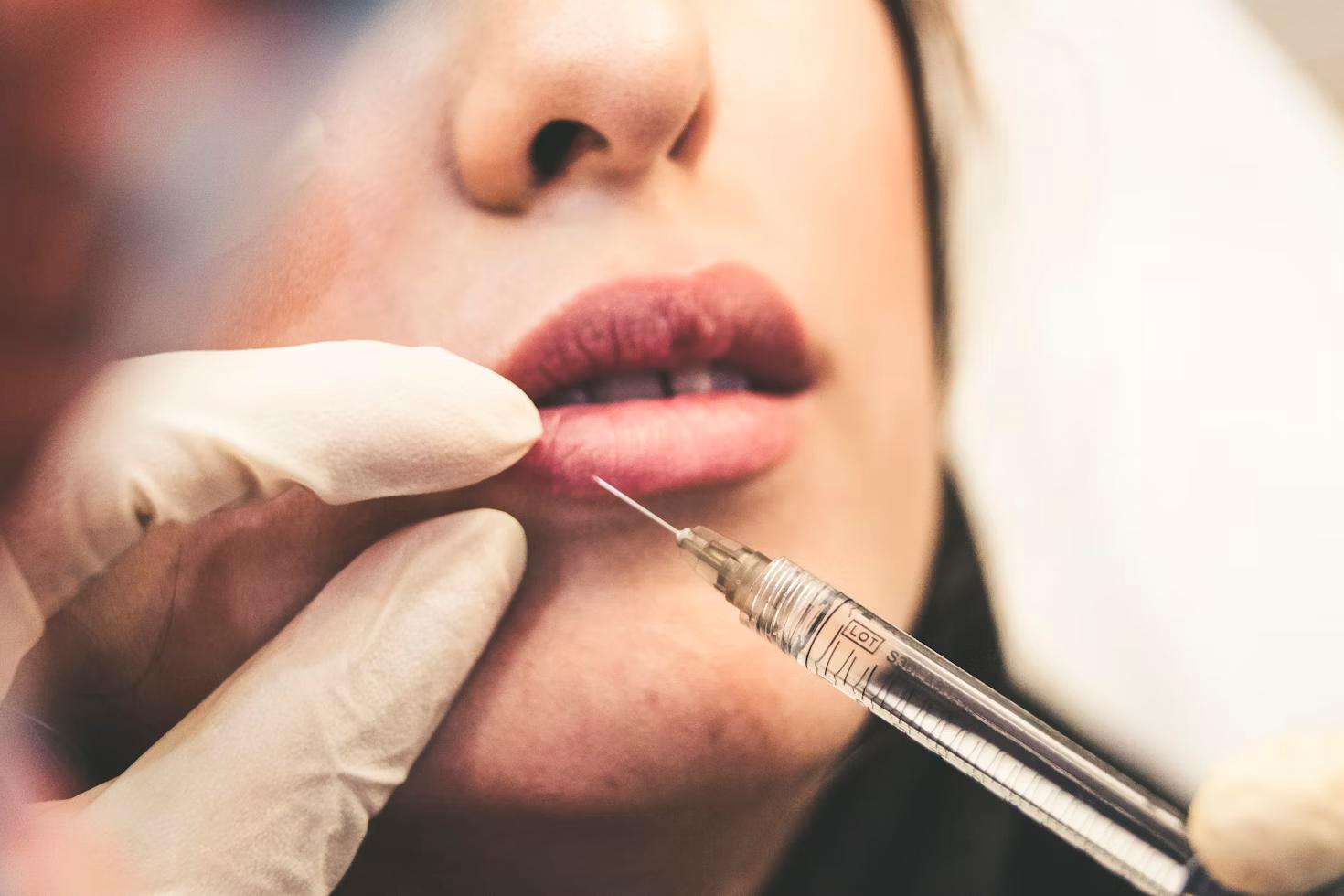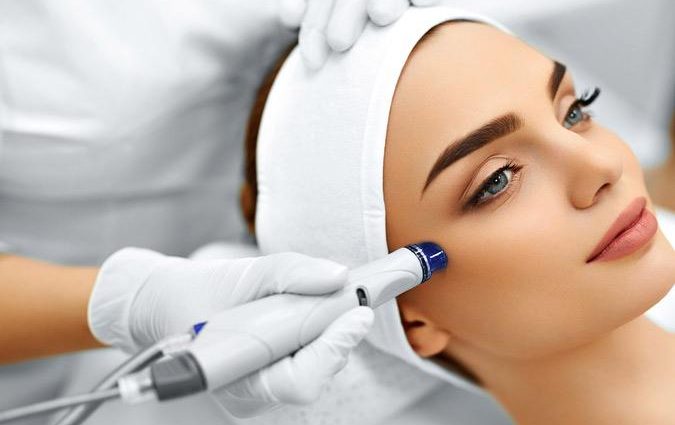The realm of cosmetic dermatology is ever-evolving, with new trends and technologies emerging to address skincare concerns and enhance beauty. As we navigate through 2021, several trends have started to stand out, shaping the future of cosmetic treatments. From innovations that promise minimal downtime to treatments tailored for personalized skincare routines, the landscape is shifting towards more sophisticated and accessible options.
This blog delves into the top trends currently making waves in cosmetic dermatology, offering insights into how they’re redefining beauty standards and skincare practices. Whether you’re seeking to maintain youthful skin, correct imperfections, or simply wish to know what’s new in the world of beauty and skincare, keep reading to discover the latest advancements that are setting the tone for the industry this year.
Emerging Trends in Cosmetic Dermatology:

The world of cosmetic dermatology is constantly evolving, with new trends and technologies emerging that promise to revolutionize the way we approach skincare and beauty. From advancements in product formulations to the latest in clinical treatments, these trends are shaping the future of cosmetic dermatology, making it an exciting time for both practitioners and consumers alike.
Trend 1: Advanced Skincare Technology
The advent of advanced skincare technology is pushing the boundaries of what’s possible in skin health and beauty. These innovations include smart skincare devices that use AI to analyze skin conditions and recommend personalized treatments, and cutting-edge formulations such as bio-engineered ingredients that target specific skin concerns at a molecular level. From high-tech moisturizers that adapt to the skin’s needs throughout the day, to serums that can pinpoint and treat the earliest signs of aging, technology is making skincare more effective and personalized than ever before.
Trend 2: Non-invasive Procedures
Non-invasive procedures are becoming increasingly popular for those seeking cosmetic enhancements without the downtime or risks associated with surgery. These treatments, which include laser therapy, micro-needling, and chemical peels, offer significant improvements in skin texture, tone, and appearance, with minimal discomfort and recovery time. The appeal of these procedures lies in their ability to provide noticeable results with little to no interruption to daily life, making them an attractive option for individuals leading busy lives.
Trend 3: Personalized Treatments
The move towards personalized treatments is a significant trend in the cosmetic dermatology landscape. This approach encompasses everything from custom-blended skincare products to treatment plans tailored to an individual’s genetic makeup. The concept is based on the understanding that everyone’s skin is unique, and therefore, treatments should be customized to meet individual needs and goals. This trend is driven by advancements in diagnostic tools and a deeper understanding of the genetic and environmental factors that affect skin health.
Trend 4: Sustainable and Clean Beauty
Sustainability and clean beauty have become key concerns for consumers and are now influencing trends in cosmetic dermatology. This trend focuses on products and treatments that are not only effective but also environmentally friendly and free from harmful chemicals. Brands and clinics are increasingly adopting green practices, from sourcing ethically obtained ingredients to using biodegradable packaging, reflecting a broader shift towards more sustainable approaches in the beauty industry.
Trend 5: Combination Therapies
Combination therapies are gaining momentum as a trend due to their ability to address multiple skincare concerns simultaneously. This approach involves using two or more treatments in tandem to enhance overall results, such as combining laser therapy with topical treatments to achieve greater improvements in skin texture and tone. The popularity of combination therapies lies in their holistic approach to skin health, offering a more comprehensive solution to skincare than single treatments alone.
Impact of Trends on Consumer Behavior:
The latest trends in cosmetic dermatology are not only reshaping the industry but also significantly impacting consumer behavior. These changes reflect a shift in how individuals approach skincare and cosmetic treatments, with a greater emphasis on personalization, effectiveness, and sustainability.
Growing Demand for Effective Products
As consumers become more educated about the ingredients and technologies behind skincare products, there’s a growing demand for products that offer tangible results. People are increasingly seeking out advanced formulations and professional-grade treatments that promise to deliver noticeable improvements in skin health and appearance, steering clear of products that rely solely on marketing hype.
Shift Towards Preventative Treatments
There’s a noticeable shift towards preventative treatments in cosmetic dermatology, with younger consumers, in particular, investing in procedures and products that aim to prevent signs of aging before they start. This proactive approach to skincare reflects a broader understanding of the benefits of maintaining good skin health over time, rather than seeking corrective treatments later in life.
Influence on Brand Loyalty
Trends such as personalized treatments and sustainable beauty are influencing consumer loyalty, with individuals more likely to stick with brands and clinics that align with their values and needs. As consumers prioritize these factors in their decision-making, brands that offer customized, ethical, and environmentally friendly options are seeing increased loyalty and advocacy from their customers.
In conclusion, the evolving trends in cosmetic dermatology are not only providing new options for personal and effective skincare but are also shaping the way consumers approach and interact with the beauty industry. As these trends continue to develop, they will undoubtedly pave the way for further innovations and shifts in consumer behaviors.
Role of Social Media in Promoting Dermatological Trends:
The infusion of social media into our daily lives has notably influenced various industries, including cosmetic dermatology. It has become a pivotal platform for showcasing the latest trends and treatments available in the field. Through various forms of content such as posts, videos, and live updates, social media has opened a new avenue for practitioners and brands in the cosmetic dermatology arena to connect with a broader audience. Below, we delve into some of the key strategies that have emerged within this digital landscape.
- Influencer Marketing
Influencer marketing has risen as a powerful tool in the promotion of cosmetic dermatology trends. Influencers, with their large followings on platforms such as Instagram, YouTube, and TikTok, often collaborate with dermatologists and skincare brands to showcase various treatments and products. These collaborations not only help in raising awareness about new and innovative treatments but also play a significant role in normalizing cosmetic procedures.
Through authentic testimonials and visible results shared by influencers, potential clients can see real-life outcomes, which often helps in dispelling myths and uncertainties surrounding various treatments. This form of marketing has proven to be incredibly effective in reaching target audiences, especially the younger demographic who are more inclined to seek cosmetic enhancements.
- Educational Content
Social media has also become a crucial platform for disseminating educational content regarding skin health and cosmetic procedures. Dermatologists and skin care professionals are increasingly using these platforms to share informative content that helps demystify treatments and provide valuable insights into skin health maintenance. This content ranges from simple skincare tips to detailed explanations of complex dermatological procedures, thereby helping to inform and engage a wide audience.
By fostering a better understanding of skin health and the science behind cosmetic treatments, professionals are not only promoting their services but also empowering individuals to make informed decisions regarding their skincare routines and potential treatments.
- Real-time Treatment Updates
The advent of stories, live videos, and real-time sharing features on social media platforms has allowed for the broadcasting of treatments as they happen. This approach provides a transparent and unedited view of procedures, which can be both educational and reassuring to prospective clients. Seeing a treatment in real-time demystifies the process and helps alleviate any anxiety associated with undergoing cosmetic procedures.
Additionally, it allows viewers to directly interact with practitioners by asking questions and expressing concerns, further enhancing the educational aspect of these updates. This level of engagement and transparency is instrumental in building trust between clients and practitioners, crucial in a field where the personal touch and confidence in the provider’s expertise are paramount.
In conclusion, the role of social media in promoting dermatological trends goes beyond merely advertising. It has become a multi-faceted platform that serves not only as a marketing tool but also as a means of education and direct engagement with audiences. As technology and social media platforms evolve, so too will the strategies employed by the cosmetic dermatology industry to reach out to and educate their audience about the latest trends and innovations in skincare and beauty.
Future of Cosmetic Dermatology:

The horizon of cosmetic dermatology looks promising and is anticipated to expand remarkably. With an ever-growing interest in skin health and appearance, the industry’s future shines bright, indicating substantial growth and evolution.
Predictions for Industry Growth
The cosmetic dermatology sector is predicted to witness significant growth in the coming years. Factors contributing to this growth include an increase in the global middle-class population, a greater emphasis on skincare and appearance, and the aging baby boomer generation seeking rejuvenation therapies. Moreover, advancements in technology and non-invasive treatments are making cosmetic procedures more accessible and appealing to a broader audience. It’s anticipated that these trends will result in a surge in demand for cosmetic dermatology services, projecting an upward trajectory in both the number of procedures performed and the industry’s overall revenue.
Innovation and Research Initiatives:
Innovation is the driving force behind the evolution of cosmetic dermatology. Ongoing research initiatives are constantly pushing the boundaries of what is possible in skin care and treatment. Shortly, we can expect to see:
- Enhanced laser and energy-based technologies offer more precise and targeted treatments with minimal downtime.
- The development of new injectables and fillers designed to provide more natural-looking results.
- Advances in regenerative medicine, including stem cell and growth factor treatments, could revolutionize the way skin aging is treated.
- Increased focus on personalized skin care regimens based on genetic testing, promising more effective and tailored treatment options for various skin concerns.
Through these research and innovation efforts, cosmetic dermatology is set to offer even more effective, less invasive, and more customizable treatments. This ensures not just the growth of the industry but also the satisfaction and health of its clients.

